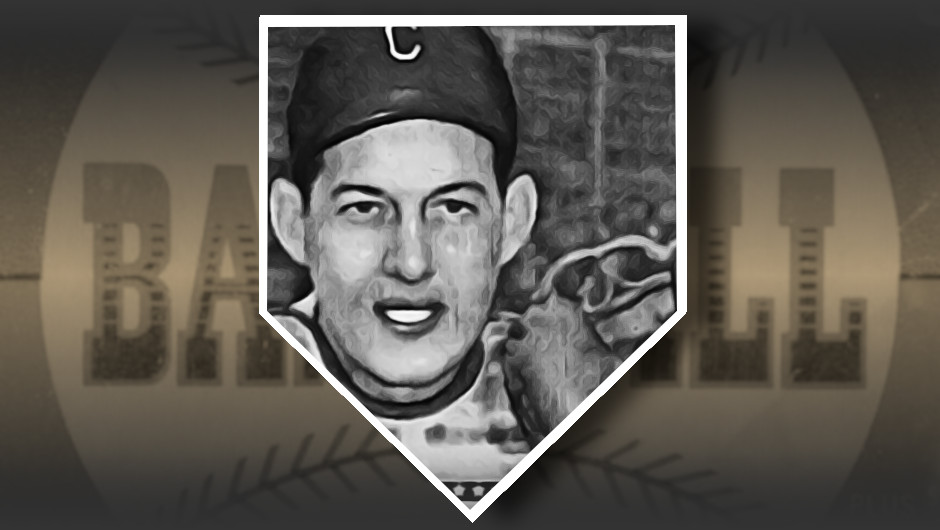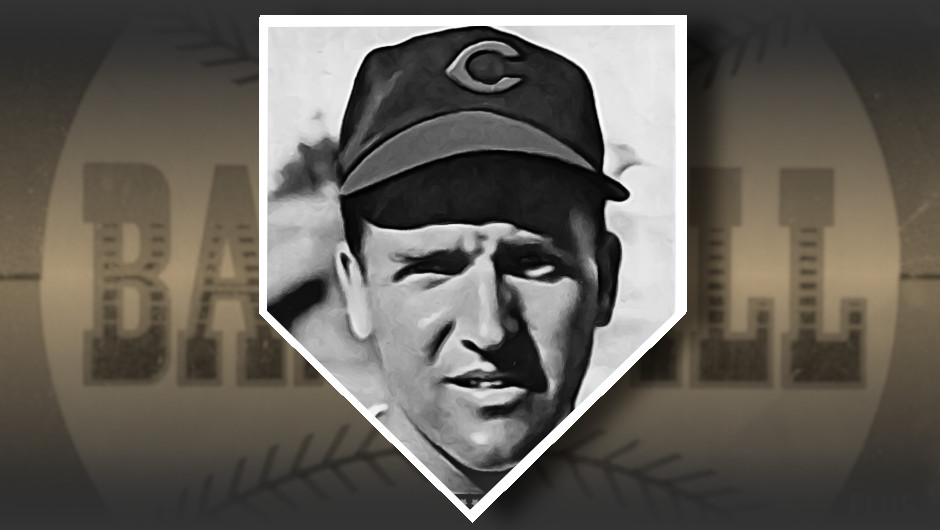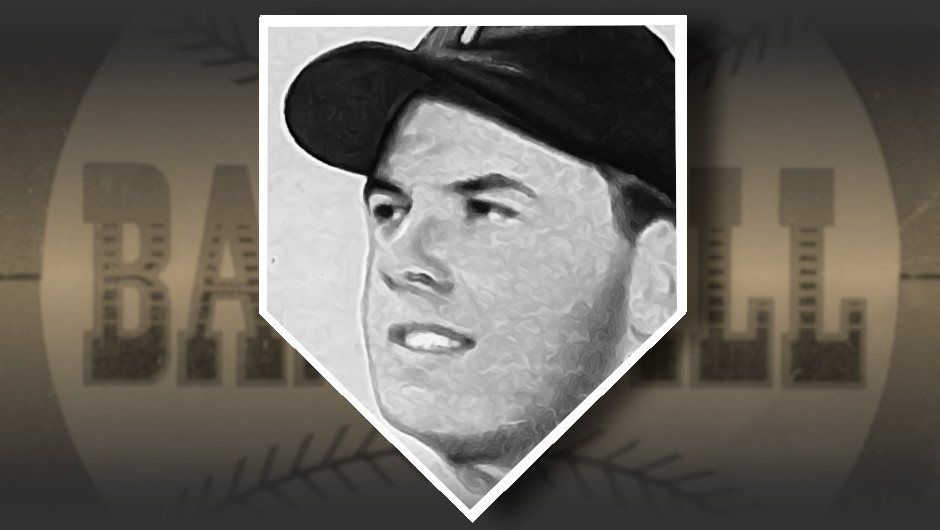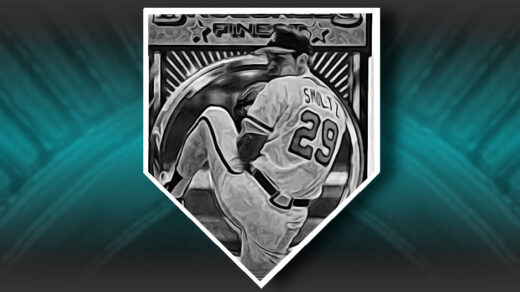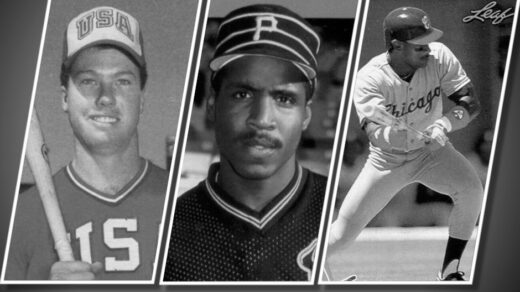I have always liked the baseball card depicting Gus Bell in the 1960 Topps set. While most ballplayers appearing in the set display an assortment of grim poses and partial smiles, Bell is shown well into a hearty guffaw. What inspired the laugh? I like to imagine the picture was snapped just as the photographer bragged that he voted for Bell to represent the Reds in the All-Star Game.
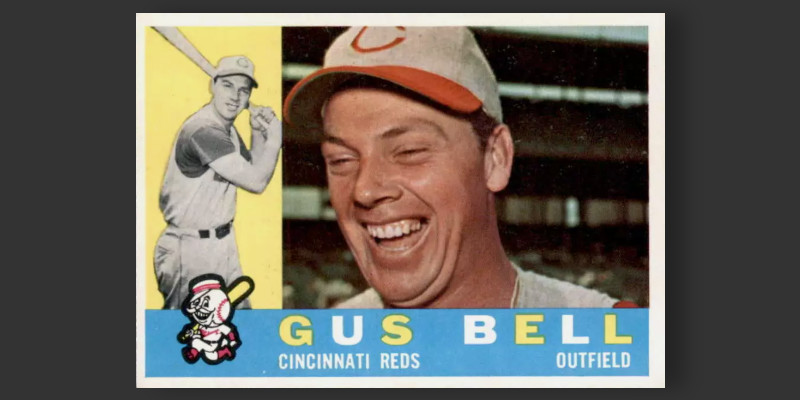
Normally this would not be a laughing matter, as Bell was a pretty good player and had been named to the National League squad in 4 of the preceding 10 seasons. He hit triple digits in RBIs just as often and could be counted on routinely producing 30 or more doubles in a season with almost as many homeruns. A .400 batting average in AAA-level ball had made his arrival in the big leagues a highly anticipated event. He followed that up in his sophomore season when he hit for the cycle, an accomplishment repeated by his grandson David Bell more than five decades later in 2004.
Bell certainly had the highlights to back up an All-Star balloting campaign. What makes everything funny is that he had recently been kicked out of the ASG starting lineup for having too many votes.
The 1957 All-Star Heist
The All-Star Game had been a regular mid-season feature since 1933. The method of filling out rosters varied by year, but had solidified into a ten year run of widespread fan balloting to name the eight starting position players for each team. Ballots could be collected a ballparks, mailed to designated collection points, or gathered by sports media organizations with the results counting towards the final roster construction if a ballot was properly signed. The Office of the Commissioner oversaw the count from afar with voting taking place between June 2 and 27, 1957.
Early vote tallies showed the National League team as likely to closely resemble its 1956 iteration. With less than a week left before the close of voting, Stan Musial was well on his way to outdistancing all other candidates. Willie Mays, Hank Aaron, Frank Robinson, Eddie Mathews, and Ed Bailey were also far into the leads for their respective positions, all but guaranteeing their place in the midsummer lineup. The middle infield positions were still up for grabs with the Cincinnati Reds and a handful of other teams mounting competitive races heading into the final days of the contest.
While less than 100,000 votes had been cast by June 24 to decide the National League starters, the next three days saw more than 750,000 additional ballots flood into the tally. Cincinnati’s Frank Robinson and Ed Bailey retained their voting lead, more than tripling the principal vote recipients of the American League. Mays, Aaron, and Mathews were surpassed by votes for a trio of Cincinnati players with both of the toss-up infield positions additionally falling to players in Reds uniforms. The vote fell in favor Cincinnati players representing 7 of the 8 starting positions on the ballot, almost all of which came in the final days and hours of voting.
The city’s fans rejoiced while everyone outside of the Ohio River Valley checked their maps to see where Cincinnati was. How could this have happened?
A pair of entities played prominent roles in the surge of last minute votes. The Times-Star newspaper took the lead in drumming up local publicity for the vote, encouraging its readers to cast ballots while itself served as an authorized collector of completed tickets for the Commissioner. Staff at the Times-Star threw themselves into an all-out voting drive with daily reminders to readers that there were no limits to how often one could vote for their favorite player. Helping take this further was the distribution alongside daily papers of more than a million pre-printed ballots bearing the names of each of Cincinnati’s starters. Burger Brewing Company, one of the the Reds’ biggest advertising sponsors and a frequent ad buyer in the Times-Star, was also heavily involved in the effort. Hundreds of thousands of similar pre-printed ballots were allocated to area drinking establishments in the brewer’s distribution network.
Commissioner Ford Frick did not learn of the vote stuffing drive until the influx of ballots began to land just days in front of the final deadline. After dispatching MLB officials to check on the accuracy of the vote, it was determined that there were indeed hundreds of thousands of votes for Cincinnati players. Knowing that an all Cincinnati starting lineup could quickly sour the public on the prospect of future All-Star contests, Frick ordered an “adjustment” to be made to the totals prior to official publication of the results. Cincinnati outfields Gus Bell and Wally Post saw their leading vote positions set aside in favor of giving their starting spots to Willie Mays and Hank Aaron.
In the end, the National League fielded five of its eight starting positions with Cincinnati Reds. Bell was added to the roster as a backup, replacing Frank Robinson in the 7th and hitting a 2-run double. It wasn’t enough, as the National League lost by a single run in the 6-5 contest. Fans lost as well, with Frick’s office eliminating fan voting the following year and baseball not bringing it back until the 1970s.
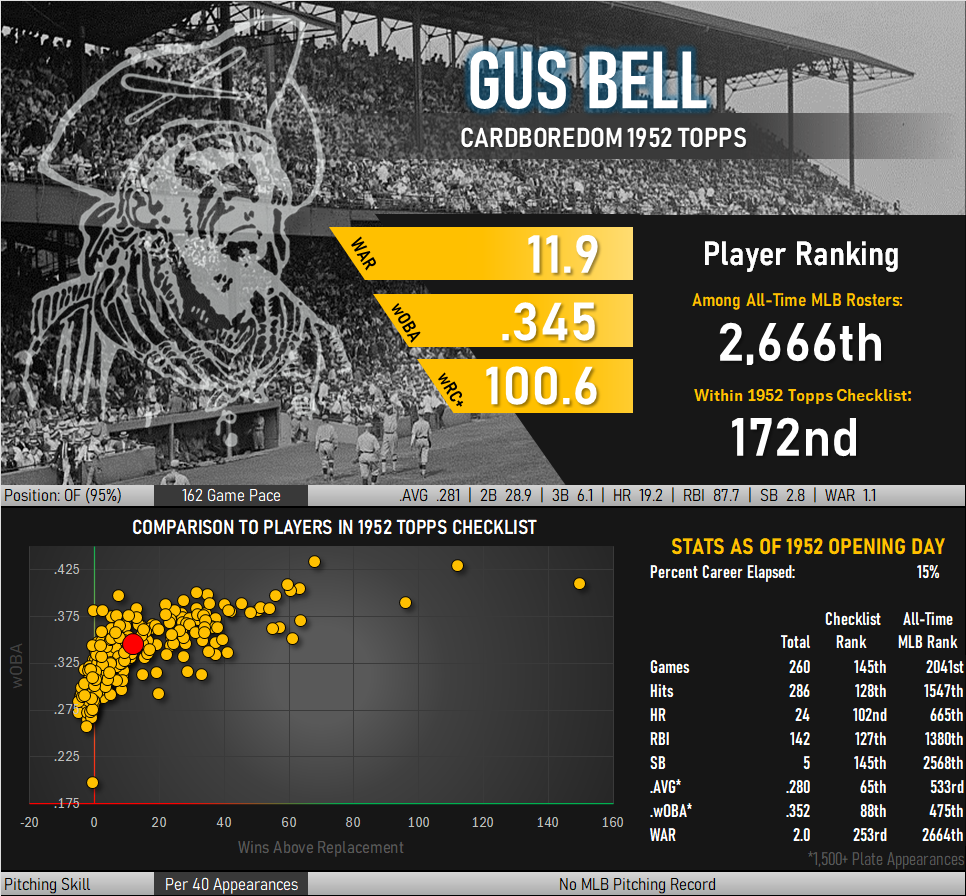
Returning Attention Back to 1952
Bell was nearing the end of his career when he laughed his way onto a card in Topps’ 1960 issue. In fact, that year would be his last season as a regular starter. He played in a part time role from 1961 onward, played in the World Series in that first abbreviated season, became an original New York Met the next, and managed to become the expansion team’s first ever base runner.
Those Mets were famous for their poor record. The hapless team lost more games than any other in the last 125 years and finished more than 60 games behind first place. Despite almost getting a World Series ring the previous year, Bell was no stranger to historically lousy teams.
Before the Mets rose (fell?) to second division infamy, there were the 1952 Pittsburgh Pirates. Pittsburgh, whose management famously ended a salary dispute with Ralph Kiner by saying “we can finish in last place without you,” managed to record a 42-112 season with Kiner’s bat in the lineup. Without him Major League Baseball may as well have made the Little League mercy rule a real thing in the majors. The team actually improved after shipping off their biggest bat to Chicago, improving to 50-104 for the 1953 campaign.
Kiner wasn’t the only offensive force on the move in Branch Rickey’s shuffling of deckchairs. Gus Bell, who had led the league in triples the prior season, arrived for his All-Star run in Cincinnati via a trade from the Pirates at the conclusion of the 1952 season. With Kiner not appearing in the ’52 Topps checklist, Bell was the most exciting card Pittsburgh fans could find in an otherwise unexciting time.

The card is full of so much Piratical goodness. There is that great Pirate logo present in the middle of the card. The position is unlike almost any other in the set as Topps shifted the nameplate to the right to accommodate a fantastic batting shot of a locked-in Bell. The backdrop is given as a solid hue of vibrant yellow, one of the city’s primary colors and one that all but visually jumps off the card. The card is the first major issue to identify him as “Gus” rather than his given name of David Bell. All future issues would use his nickname.

Fun Fact: Bell had 7 children and 36 grandkids. While many large families are described as having enough young people to field a baseball team, Gus had enough to field a divisional series playoff tree.

